Ancient mythology continues to captivate our imaginations, bridging the gap between past and present through timeless stories and legendary locations. These sacred sites have survived millennia, carrying tales of gods, heroes, and supernatural beings that once shaped human understanding of the world.
From mountaintop temples to underwater ruins, these destinations offer visitors a chance to walk in the footsteps of mythological figures and experience the power of ancient beliefs firsthand.
Mount Olympus, Greece
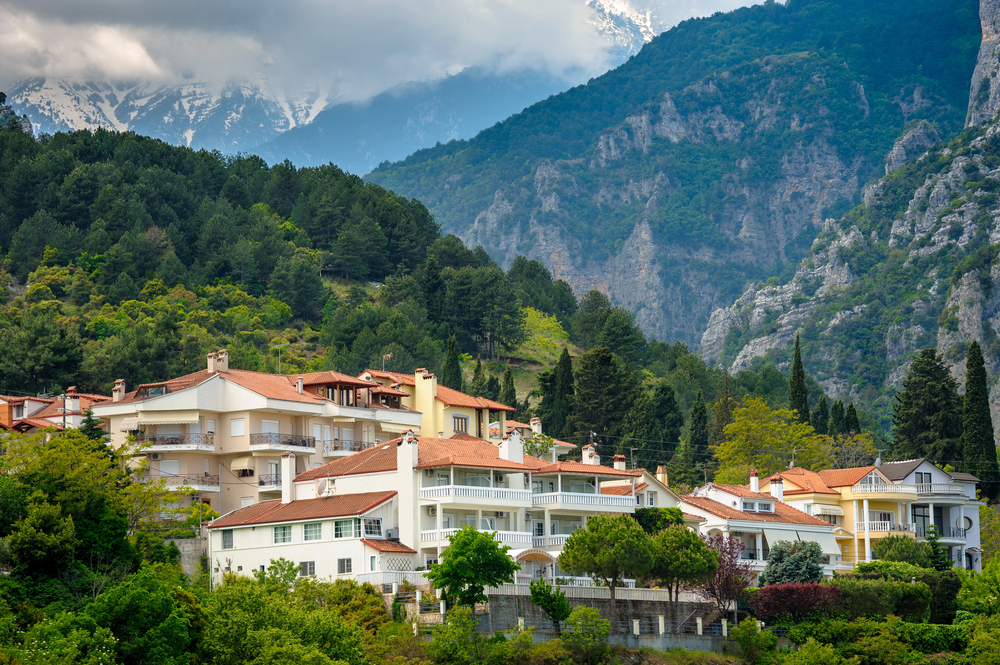
The legendary home of Zeus and the Greek pantheon towers majestically over the Thessalian plains, reaching 9,570 feet into the Mediterranean sky. Ancient Greeks believed its cloud-shrouded peak housed the twelve main Olympic deities in their celestial palaces.
Visitors today can hike through landscapes that inspired countless myths, including the tale of Apollo chasing Daphne through its wooded slopes.
Uluru, Australia
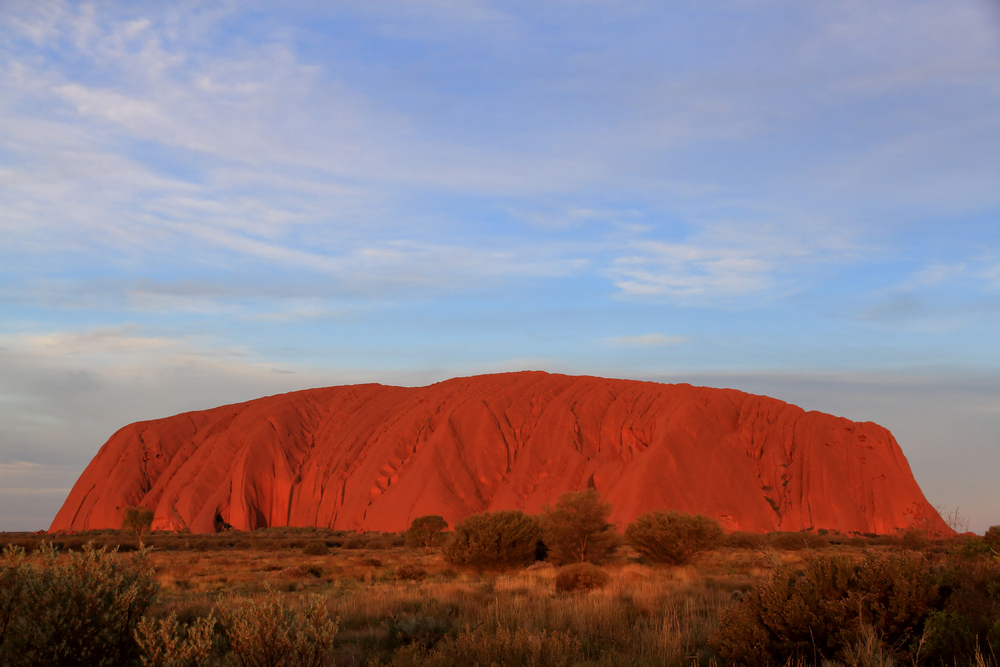
This massive red sandstone monolith rises dramatically from Australia’s Northern Territory and holds profound significance in Aboriginal Dreamtime stories. The traditional custodians, the Anangu people, believe the rock was formed during the Dreamtime when ancient beings shaped the landscape through their adventures.
The numerous caves and rock formations around Uluru feature ancestral markings that tell stories of the Tjukurpa, the foundation of Anangu culture.
Like Travel Pug’s content? Follow us on MSN.
Teotihuacan, Mexico
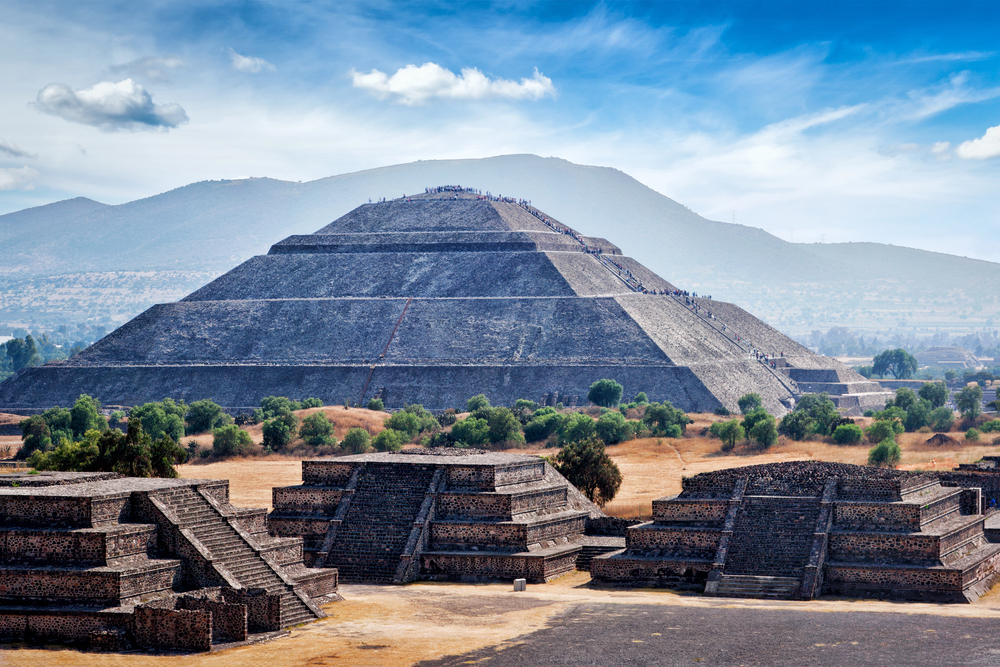
The Aztecs believed the massive pyramids of this pre-Columbian metropolis to be the birthplace of the gods and the site where the universe was created. Ancient peoples constructed the Pyramid of the Sun to align perfectly with celestial events, marking important mythological dates.
The Avenue of the Dead stretches through the complex, named after the Aztec belief that the buildings along it were royal tombs.
Delphi, Greece
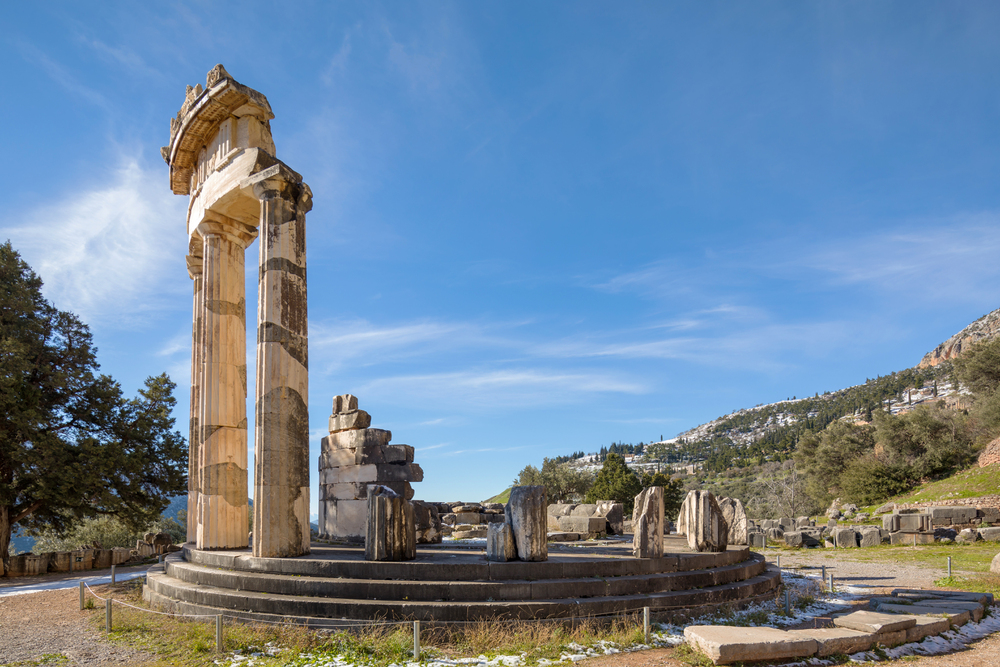
Nestled on the slopes of Mount Parnassus, this sanctuary was considered the navel of the world and home to Apollo’s most famous oracle in ancient Greece. The Pythia, Apollo’s high priestess, delivered prophesies that influenced major decisions throughout the ancient world.
The sacred spring of Castalia still flows here, where ancient pilgrims once purified themselves before consulting the oracle.
Angkor Wat, Cambodia
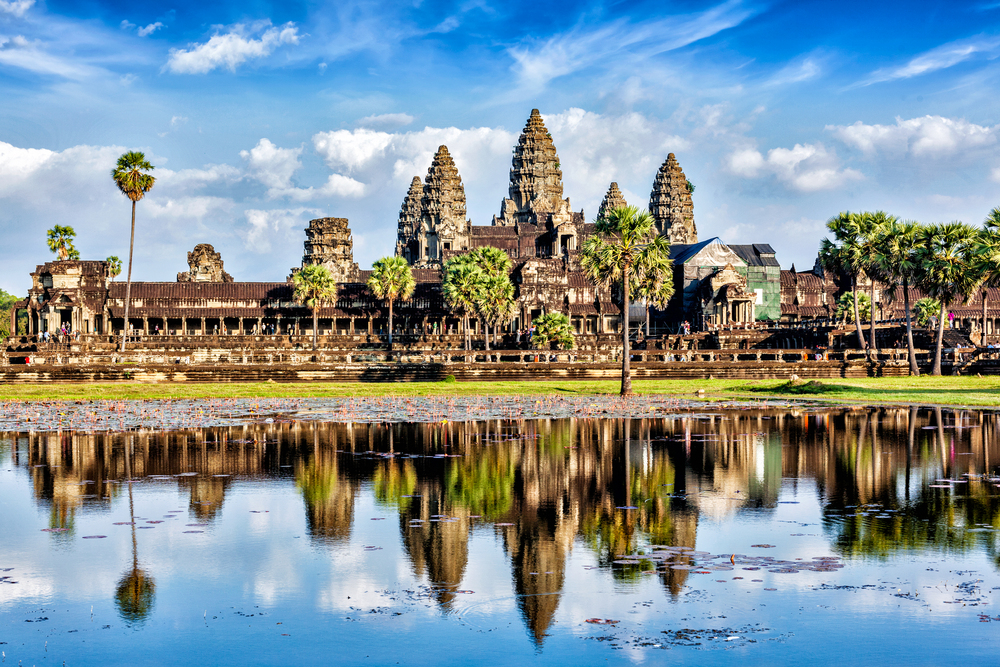
This massive temple complex was designed to represent Mount Meru, the cosmic mountain at the center of Hindu and Buddhist mythology. The central towers rise like mountain peaks, surrounded by moats representing the cosmic ocean.
Intricate bas-reliefs tell stories from Hindu epics, including the entire Ramayana and Mahabharata, carved in stone for eternity.
Like Travel Pug’s content? Follow us on MSN.
Göbekli Tepe, Turkey
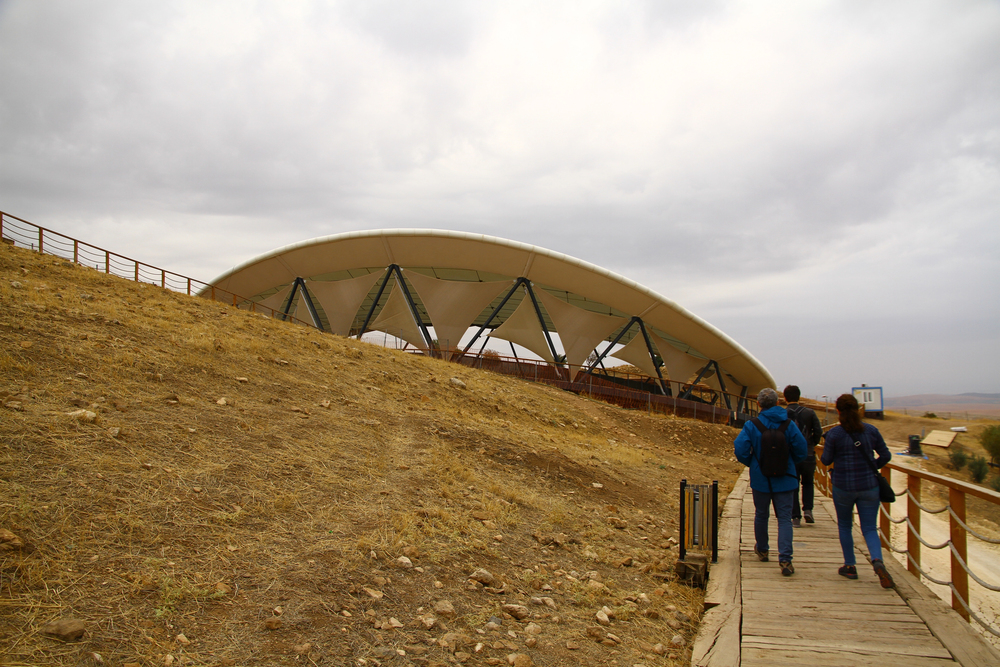
The world’s oldest known temple complex predates pottery, metallurgy, and the invention of writing, suggesting sophisticated religious beliefs existed far earlier than previously thought.
Massive T-shaped pillars feature carvings of dangerous animals that may represent spiritual guardians or totemic creatures. Recent archaeological evidence suggests the site was built to respond to catastrophic events preserved in ancient myths.
Easter Island, Chile
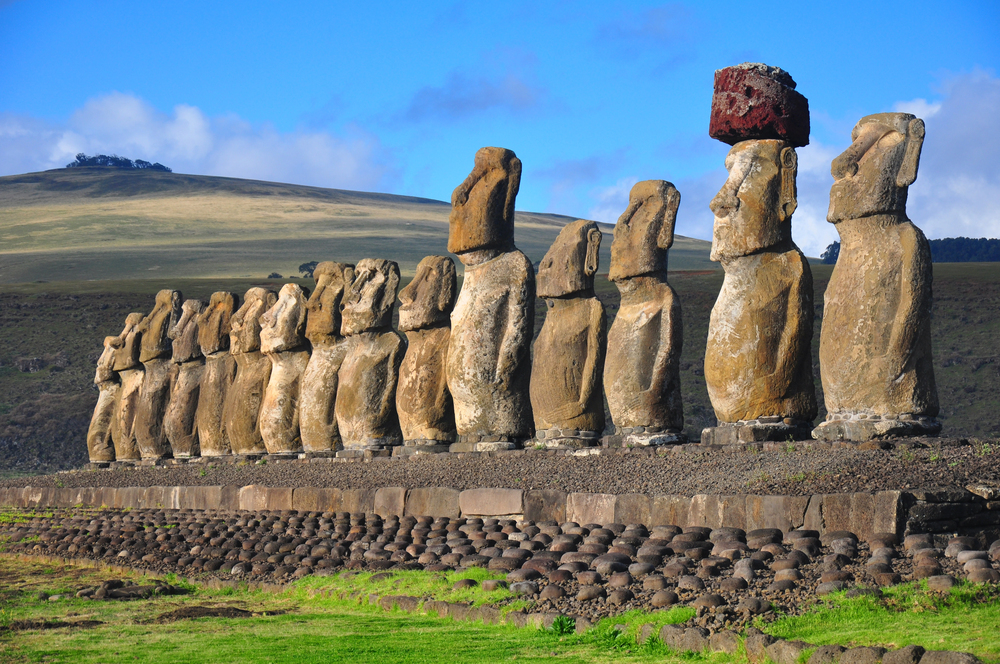
The enigmatic moai statues of Rapa Nui stand as silent guardians of Polynesian mythology and ancestral power. Local legends tell of the statues walking to their positions using a divine power called ‘mana.’
The ancient Rapa Nui people believed these monolithic figures contained the spiritual essence of their most important ancestors.
Kailasa Temple, India
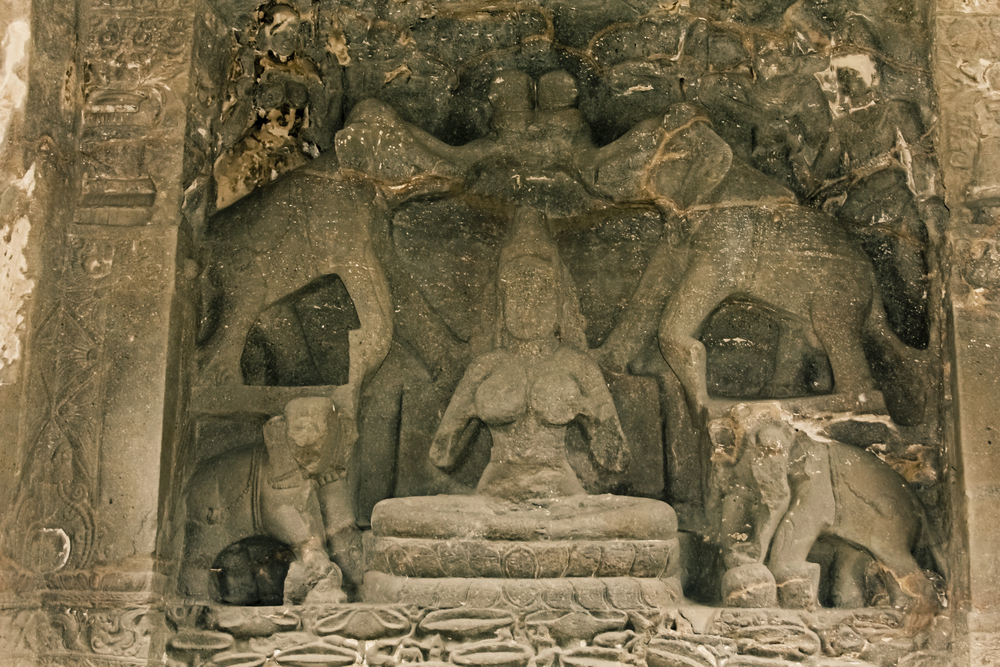
Carved from a single rock face, this architectural marvel at Ellora was designed to represent Mount Kailash, the abode of Lord Shiva. Ancient artisans removed over 400,000 tons of rock to create this massive structure, defying gravity.
The temple’s intricate sculptures tell stories from Hindu mythology and the Ramayana epic.
Like Travel Pug’s content? Follow us on MSN.
Newgrange, Ireland
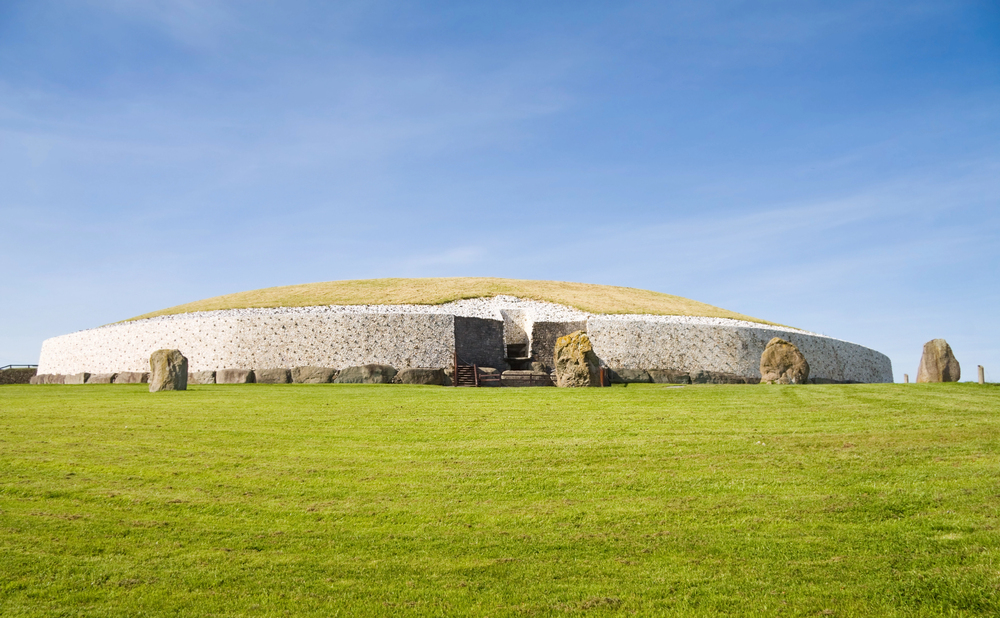
This Neolithic passage tomb predates Stonehenge and the Egyptian pyramids. It is aligned perfectly with the winter solstice sunrise. Irish mythology identifies it as the home of the Tuatha Dé Danann, supernatural beings who were said to control the seasons.
The elaborate spiral carvings on the entrance stone are believed to represent ancient cosmic symbols.
Yazilikaya, Turkey
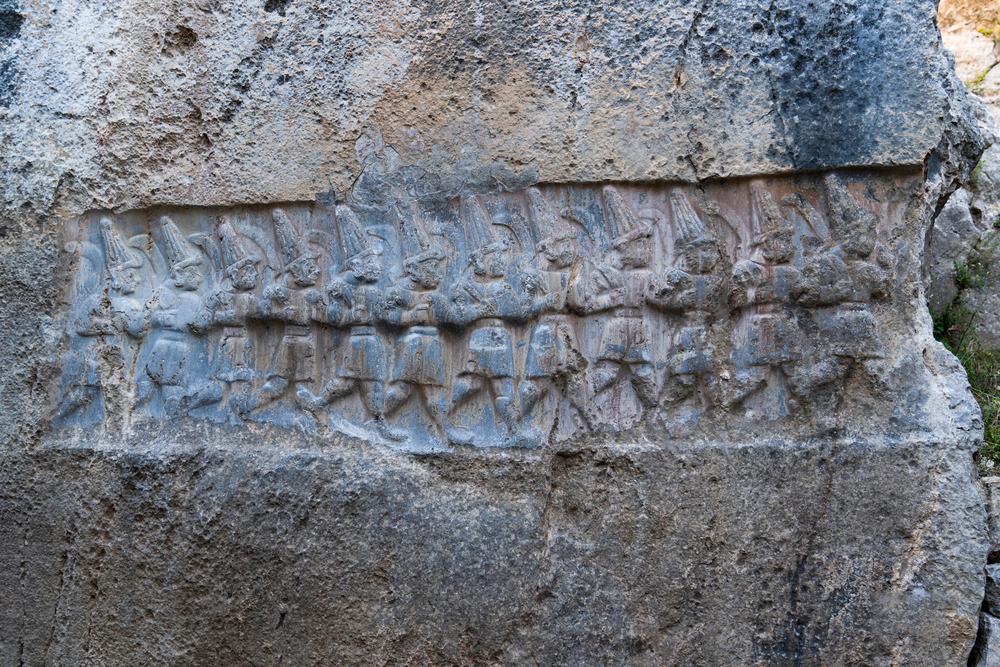
This natural rock sanctuary served as the most sacred shrine of the Hittite Empire. It features relief carvings of the entire pantheon of gods. The chamber walls display a divine procession of over ninety figures, including the storm god Teshub meeting the sun goddess Hebat.
Astronomical alignments suggest the site also functioned as a calendar marking important religious festivals.
Mount Fuji, Japan
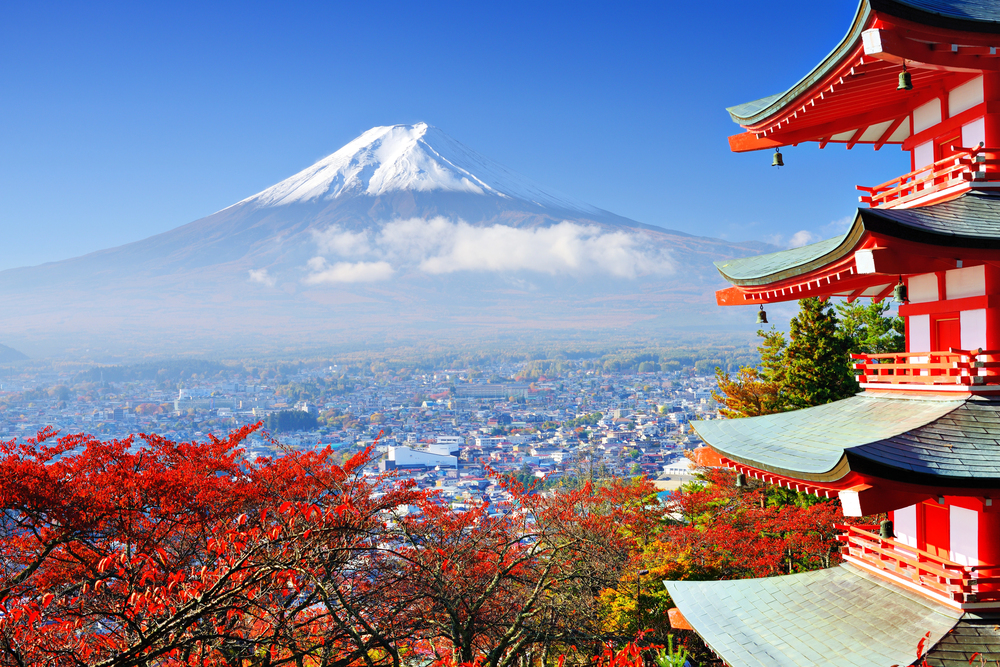
Japan’s highest mountain is central to Shinto mythology as the abode of the goddess Konohana Sakuya Hime. Ancient Japanese believed the gods created the perfectly symmetrical cone in a single day.
Traditional pilgrimage routes to the summit are marked by shrines, where visitors still leave offerings to mountain spirits.
Like Travel Pug’s content? Follow us on MSN.
Petra, Jordan
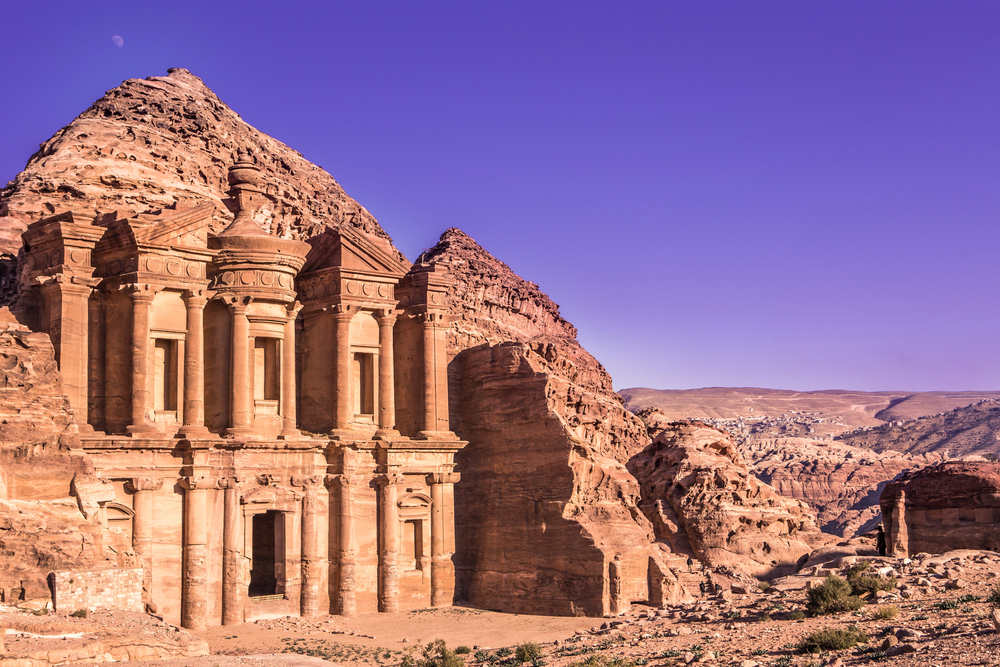
Carved into rose-colored cliffs, this ancient Nabataean capital features temples dedicated to a pantheon of desert deities. The magnificent Treasury building may have served as a temple to Isis, while the Monastery was possibly dedicated to the deified Nabataean king Obodas.
The narrow Siq entrance was believed to be protected by divine forces.
Machu Picchu, Peru
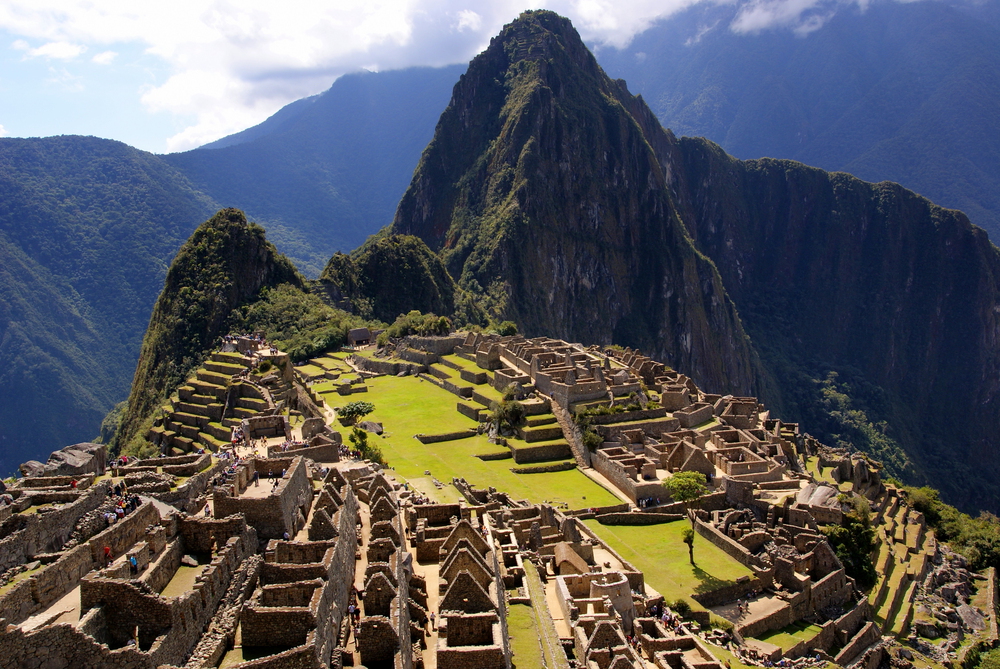
This mountaintop citadel was a royal estate and a sacred religious site for the Inca civilization. It was built in perfect harmony with celestial alignments. The Intihuatana stone was designed to symbolically ‘tie the sun’ to prevent it from disappearing during winter.
The Temple of the Three Windows perfectly frames significant astronomical events tied to Inca mythology.
Serpent Mound, USA
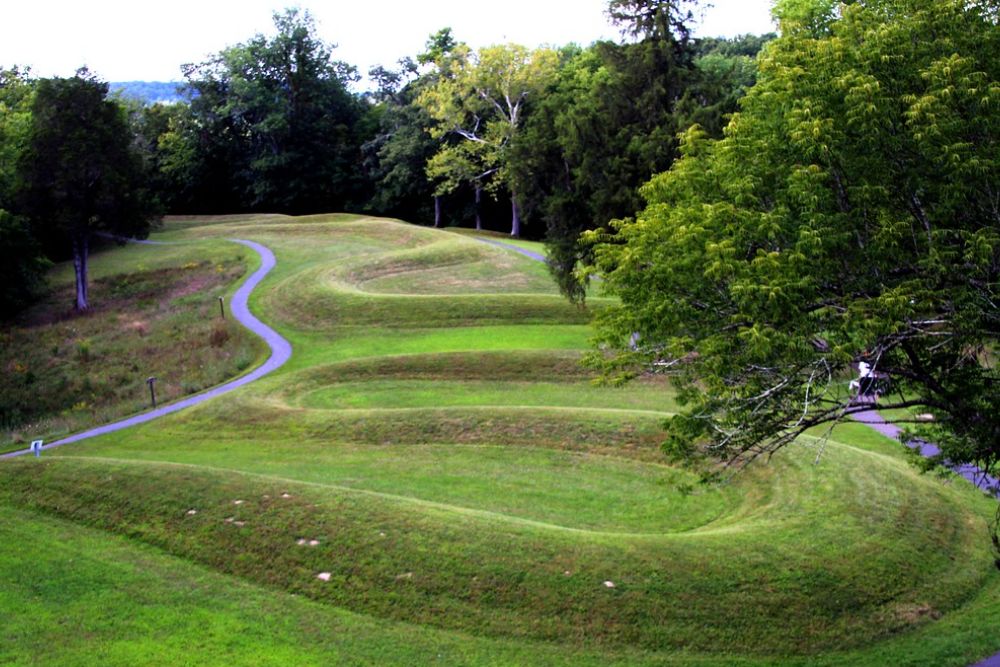
This massive earthwork in Ohio depicts a 1,348-foot-long serpent swallowing an egg, aligned with solar and lunar events. Native American myths speak of the Great Serpent’s battle with the forces of good, frozen in earth as a reminder.
The precise astronomical alignments suggest the site served as a spiritual center and a celestial calendar.
Like Travel Pug’s content? Follow us on MSN.
Ta Prohm, Cambodia
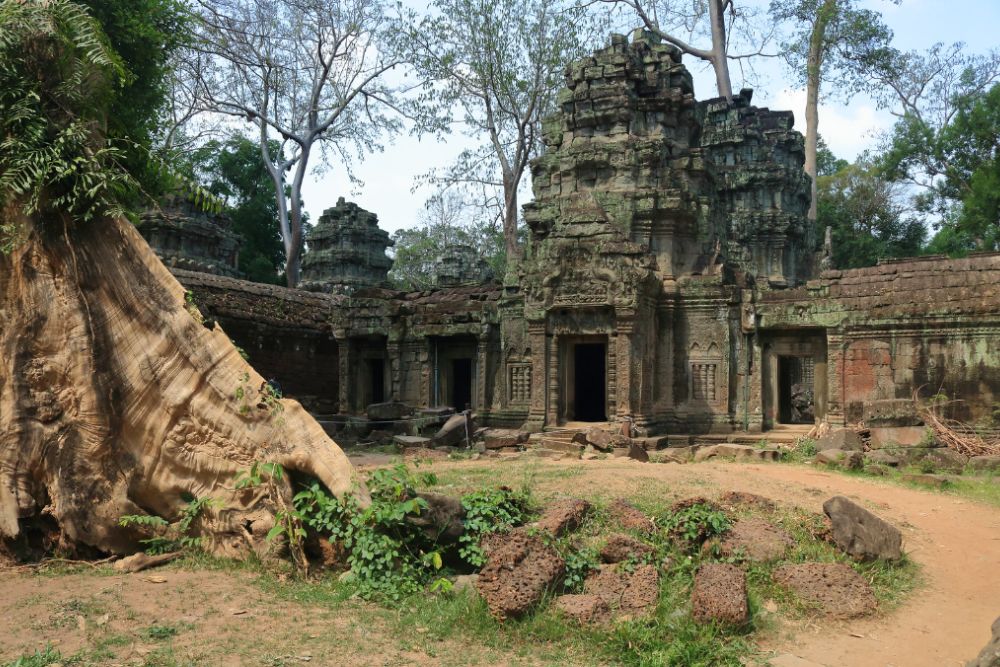
This temple complex has been deliberately left intertwined with massive strangler fig trees, embodying the eternal struggle between human construction and natural forces. Local mythology claims the Khmer equivalent of the goddess of wisdom founded the site.
The trees growing through the ancient stones create an otherworldly atmosphere that brings mythological tales to life.
Oracle Bones Site, China
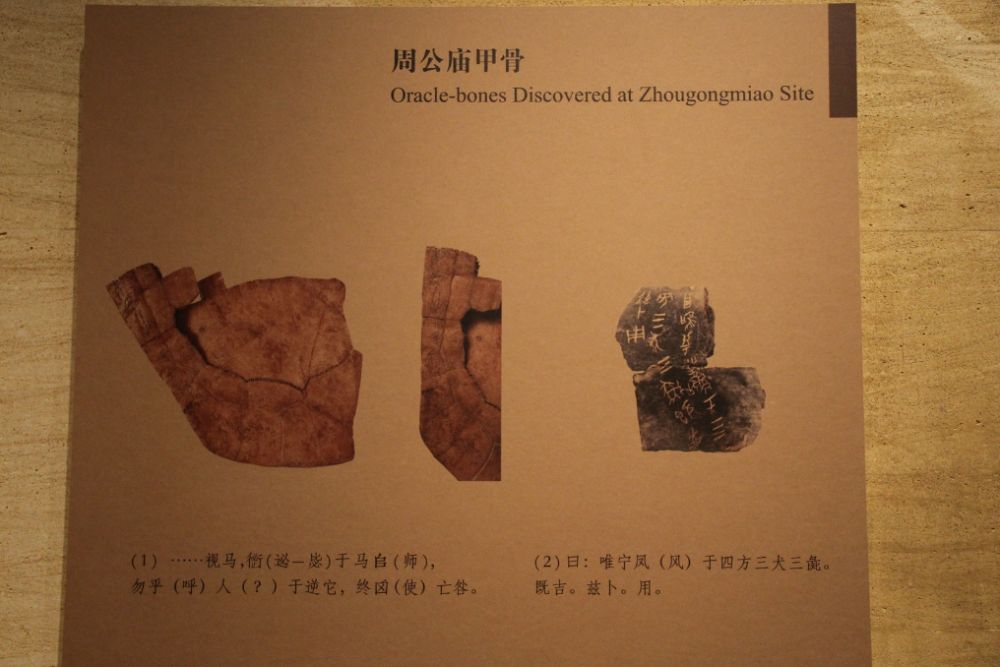
The ancient capital of Anyang contains thousands of oracle bones used by Shang Dynasty priests to communicate with ancestral spirits. Diviners would heat turtle shells or ox bones until they cracked, interpreting the patterns to predict future events.
The site provides the earliest evidence of Chinese writing and mythology, including references to the supreme deity Shangdi.
Delos, Greece
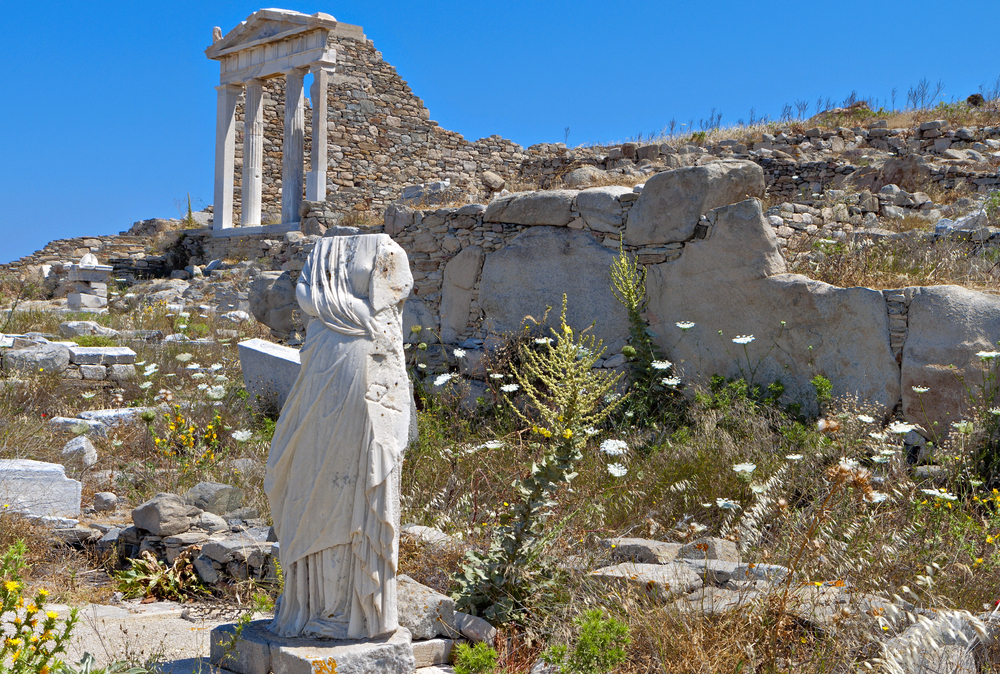
This small Aegean island was believed to be the birthplace of Apollo and Artemis. It floated freely until Zeus anchored it to the sea floor. The sacred lake where Leto gave birth to the divine twins was a pilgrimage site for ancient Greeks.
The island’s ruins include the famous Terrace of the Lions, which is dedicated to Apollo and is aligned with the sacred palm tree marking his birthplace.
Like Travel Pug’s content? Follow us on MSN.
Tiwanaku, Bolivia
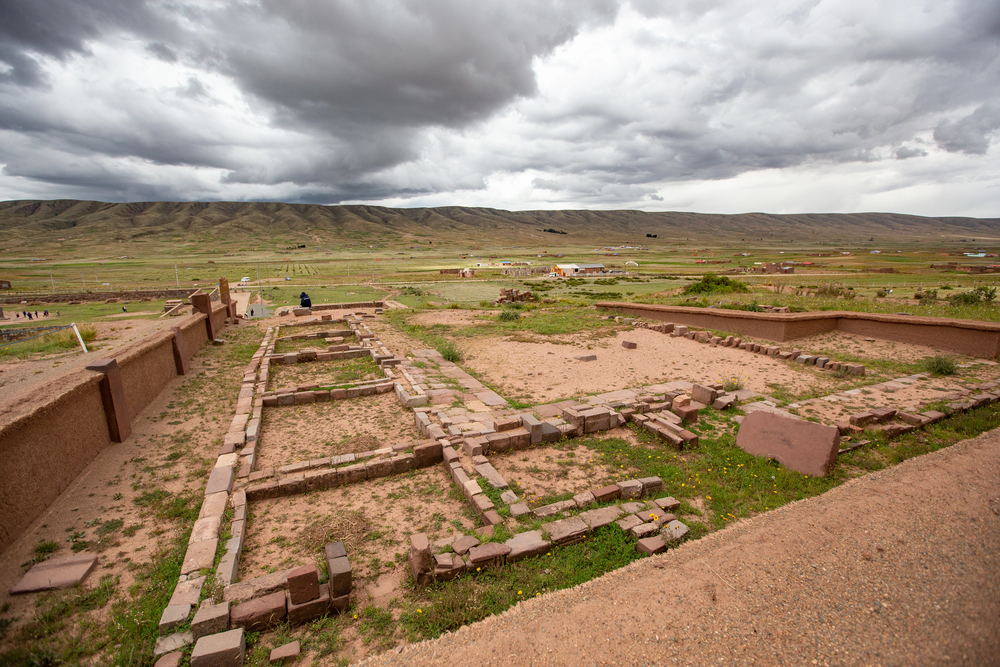
This pre-Columbian ritual center, built at an elevation of 13,000 feet, features precisely carved stone blocks that ancient people believed only the gods could have created. The Gateway of the Sun displays the famous ‘Crying God’ relief, possibly representing Viracocha, the creator deity.
The site’s astronomical alignments suggest it served as a calendar for religious observations tied to agricultural cycles.
Phoenix Ancient Market, China

Located in Fenghuang Ancient Town, this historic marketplace holds structures dating back to the Ming Dynasty when people still practiced traditional customs. Local folklore claims the town was founded when two phoenix birds came to drink from the Tuojiang River.
The ancient bridges and temples incorporate feng shui principles to maintain harmony with supernatural forces.
Mount Sinai, Egypt
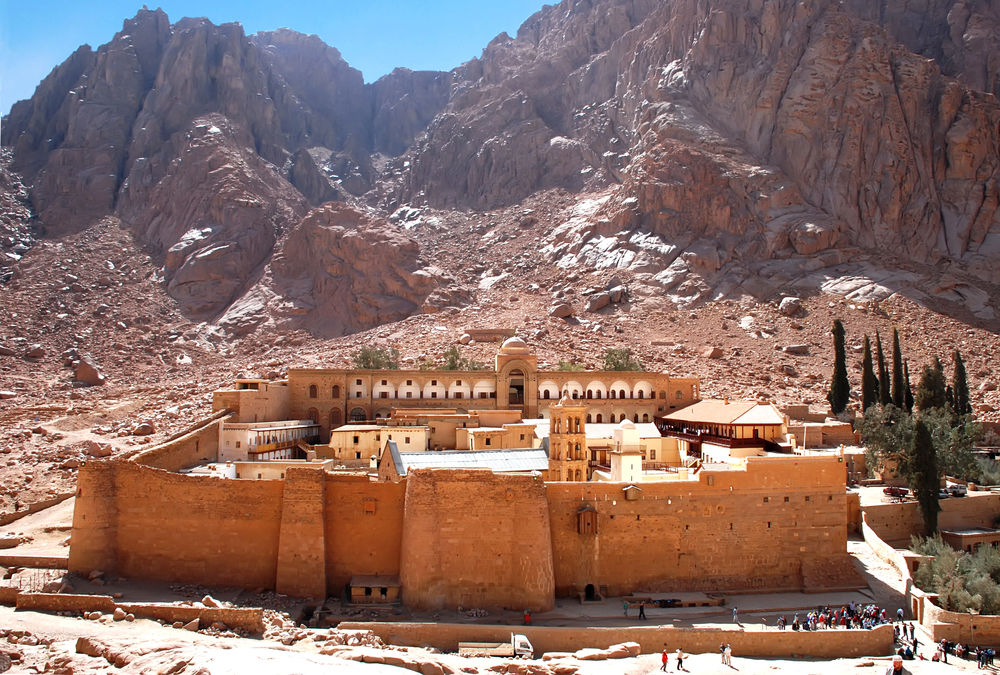
This sacred peak holds profound significance in Abrahamic religions as the site where Moses received the Ten Commandments. Ancient hermitages dot the mountain’s slopes, marking spots where religious mystics sought divine revelation.
The sunrise view from the summit continues to inspire spiritual pilgrims who climb through the night to witness dawn break over the biblical landscape.
Like Travel Pug’s content? Follow us on MSN.
Sacred Journeys Inspire Modern-Day Spiritual Explorations
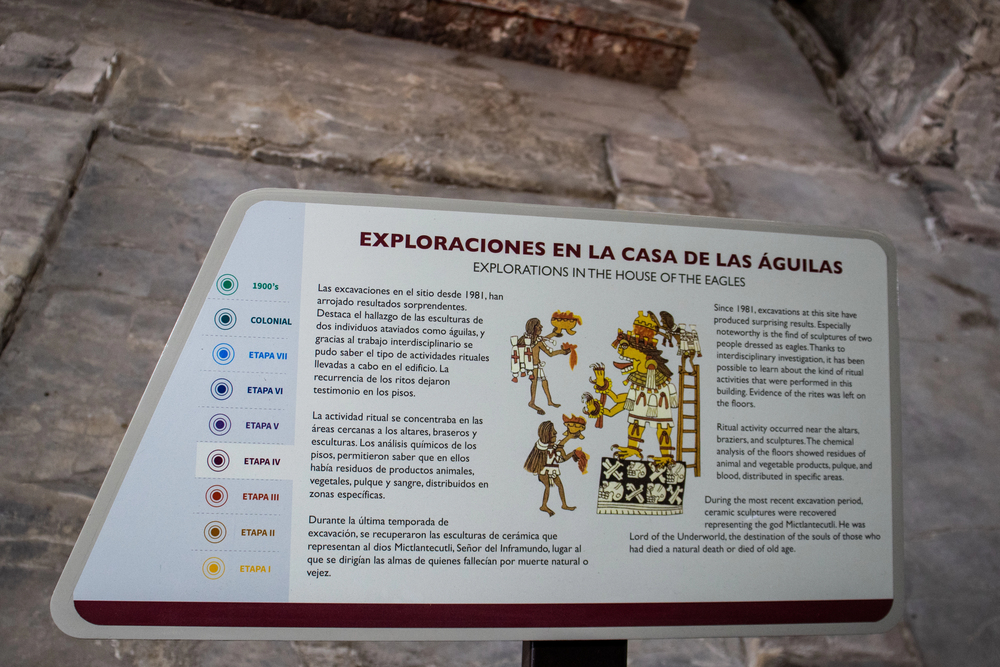
These ancient sites resonate with modern visitors, offering glimpses into humanity’s enduring search for meaning and connection to the divine. Each location tells stories of gods and mortals, human ambition and divine inspiration, architectural genius, and spiritual devotion.
Whether you’re a history enthusiast, spiritual seeker, or curious traveler, these mythological sites offer profound experiences that connect us to our ancestors’ understanding of the sacred.
More from Travel Pug

- 15 Dangerous European Cities to Avoid
- 15 Caribbean Islands Where Tourists Keep Getting Scammed
- The 20 Most Fascinating Abandoned Places: A Journey Through Time and Forgotten Spaces
- 15 Hidden Places in the Smithsonian Museums Locals Love: A Guide to Lesser-Known Treasures
- 16 Hidden Florida Beach Towns That Aren’t Overrun with Tourists
Like Travel Pug’s content? Follow us on MSN.
